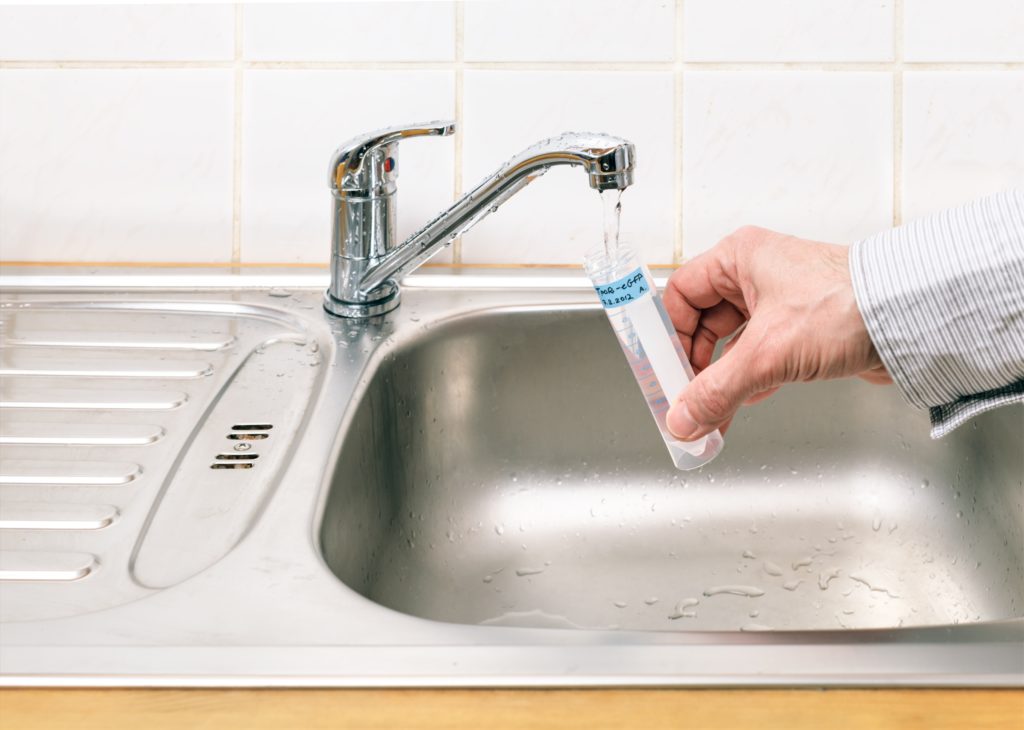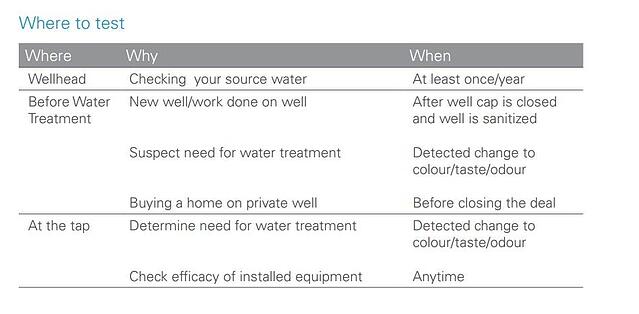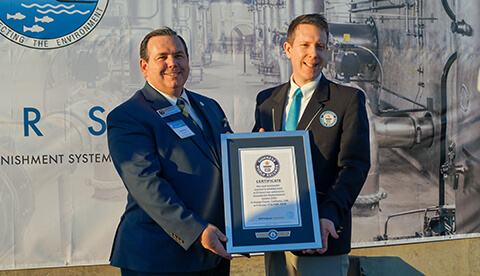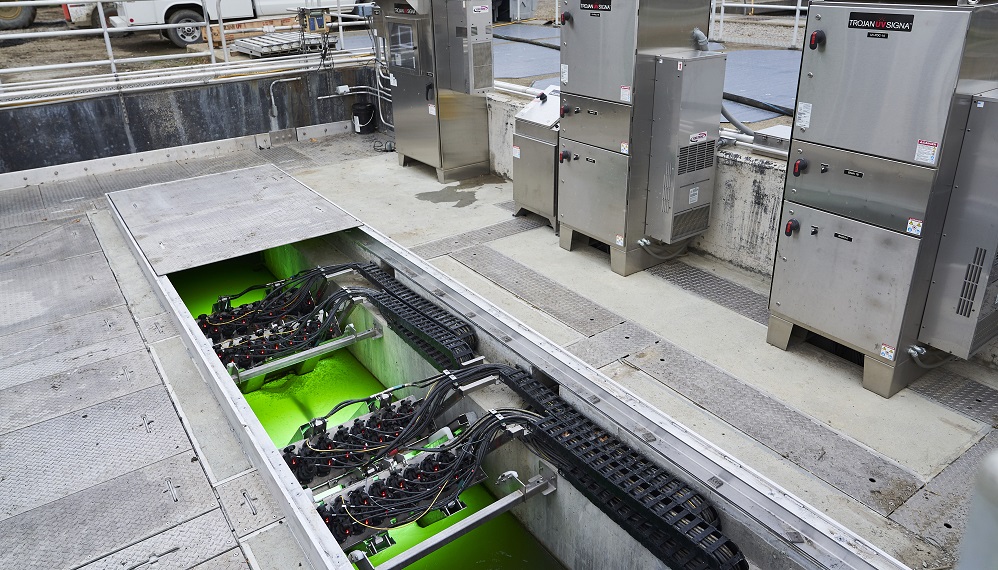Water Testing Basics
If your water is supplied by a municipality, large or small, your water supply is tested routinely, at the source. However, many of the pipes buried beneath our cities have been in place since the introduction of wide-spread water treatment. This aged and, in many cases, crumbling infrastructure now poses its own risk, which is why it’s smart to test the water where you use it – at your tap.

But what if you are on a private water supply? That could be a well, lake water, or even a rainwater tank. In these cases, no one is testing your water unless you are! It’s possible that your water was tested when you moved in or drilled a new well, but microbial water quality changes over time and can be impacted by extreme weather events, land-use changes, or a nearby failing septic system.
Private water system users are solely responsible for the quality of their water.
When Water Testing Makes Sense
Well, the simple answer is: all the time. You never know when your water quality might change. But here are some key events you may want to keep in mind as a red flag to test your water:
- Change to your water’s color, taste, or odor
- Your family is growing
- Unexplained gastrointestinal illness in anyone who has been drinking your water
- Your moving into a new home
For private well owners, basic testing for bacteria and nitrates is recommended by public health authorities, like the EPA or Health Canada, at least once a year. Other contaminants you may only need to test for once, such as hardness or iron, or infrequently, like radon. But this will depend on the prevalence of naturally occurring substances in the groundwater in your area. Again, your local public health department can provide specific guidance.
Where to Test
Public health units often provide testing. Otherwise, check your local listings for a certified laboratory that specializes in potable water tests. Regardless, you will want to obtain a testing kit with a sterile sample bottle. Follow the instructions carefully to make sure you don’t accidentally contaminate the sample, which could impact the test results. Consider where you take the actual water sample – at the wellhead, before any water treatment equipment, or at the tap.

What To Do About The Results
Understanding your test results may be very straightforward. However, if you have any questions or concerns, reach out to a public health office or a water treatment specialist in your area.
Featured Posts
IntensiCarb wins Bronze Project Innovation Award during the IWA World Water Congress & Exhibition
This solids intensification technology enables more than quadrupling anaerobic treatment capacity within existing infrastructure. LONDON, ONTARIO, August 16, 2024 —Trojan Technologies is proud to announce that IntensiCarb™ has been honored with the prestigious...
Ensuring Safety and Quality in Food Contact Materials (FCM): Understanding the European Framework Regulation (EC) 1935/2004
The European Framework Regulation (EC) 1935/2004 is a major regulation governing the safety and quality standards of the food and beverage industry. It ensures that all food contact materials (FCM) are safe and compliant with European Union (EU) legislation. In this...
Achieving High-Purity Water for Microelectronics: Sustainable Solutions with Aquafine Technology
As we rapidly progress towards a more technologically dependent world backed by AI advancements, progressive medical devices, and automation, the demand for microelectronics has been increasing rapidly too. The unique nature of microelectronics fabrication processes...







